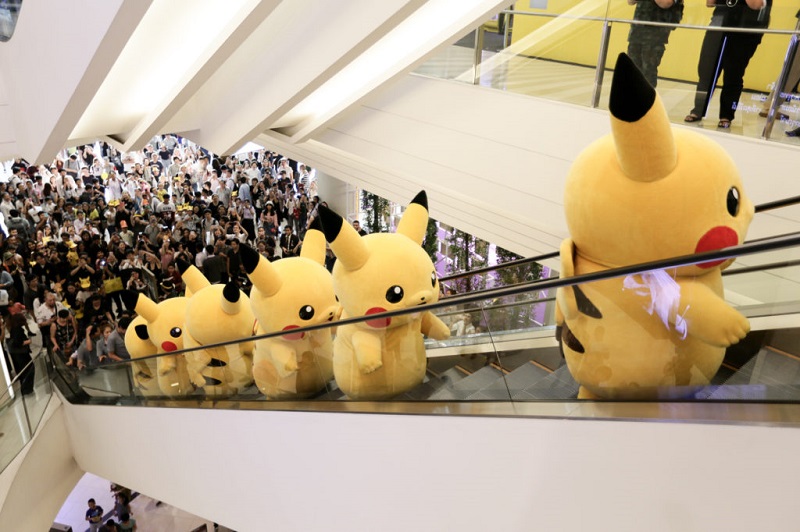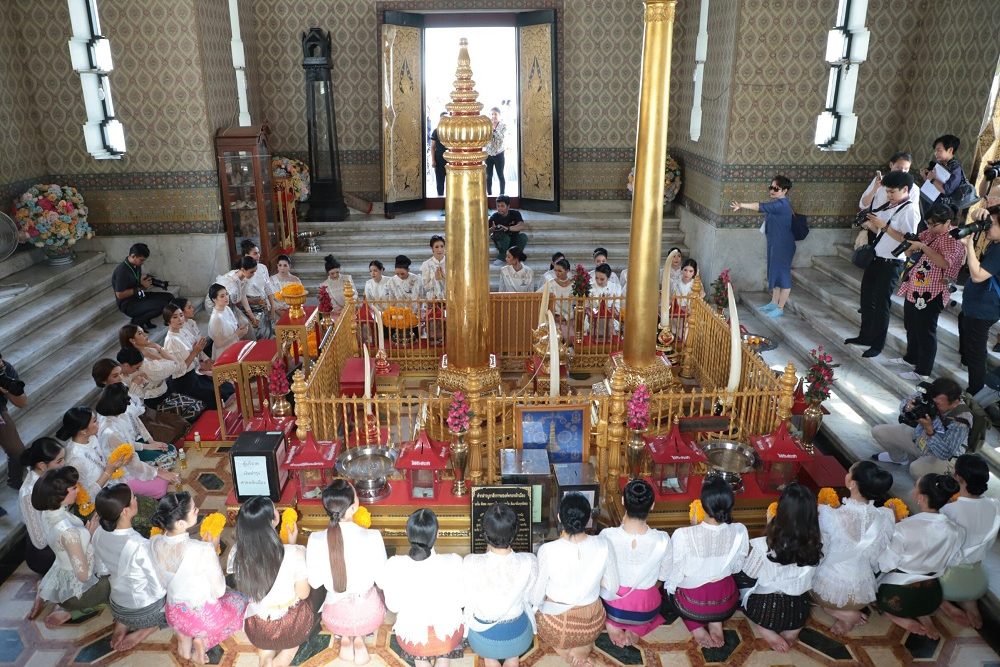BANGKOK — Why do Bangkokians love malls so much and why do they call some Western tourists “bird shit Whiteys?”
These answers can be found in in farang Thai expert Philip Cornwell-Smith’s new book “Very Bangkok,” something between a tourist guidebook and an anthropological encyclopedia. At a recent book launch, Cornwell-Smith said he wants to hold up a krajok hok dan, or six-sided mirror, to the city of eight million.
The term, he noted, was first coined by Luang Phor Toh, a widely-revered monk who is believed to have exorcised the vengeful spirit of Mae Nak who allegedly haunted the community of Phra Khanong.
“We tend to look at a mirror to see our faces reflected back. This prioritizes the face, which is extremely important in this culture,” the British author said. “But Luang Phor Toh conceives that we should consider a six-sided mirror, where all around us are ways of reflecting on our lives and what is happening around us.”
Like a hexagonal mirror, “Very Bangkok: In the City of the Senses” invites readers to not only feel the city with the basic senses such as touch, taste, or smell – but also the phenomena he deemed unique to Bangkok such as the city’s erratic flow of movement.
The first of the three large sections, “Senses” makes up the bulk of the book.
“This city is pretty wild in the way everything is moving around without an order,” Cornwell-Smith said. “Directions tend to be based on personal landmarks or things that are familiar. There are even three centers of the city to choose from, as different organizations use different places for their kilometer zero.”

But it’s not only the obvious senses that are being discussed in the book, it also includes invisible, undesirable, and supernatural domains.
“The sixth sense is very visible in Bangkok,” Cornwell-Smith said. “There’s a very big subculture of trance in Bangkok as well. It’s not what the authorities are trying to promote particularly, but you would see it happening at a Hindu temple on Silom Road and the vegetarian festival at Chinatown.”
Of course, with all the uncanny sensations that bombard Bangkokians everyday, it seems that they can find an oasis right in front of almost every soi: chains of convenience stores and shopping malls.
And contrary to the popular narrative in Western media that malls “drain the life” out of the city, Cornwell-Smith said he understands why they are popular among Thais.
“I personally think that one of their appeals is that they are cold, very bland, and neutral, offering a relief before we go back out into all of these sensory stimulations,” he said.

And to answer the other question posed at the beginning of this article, Cornwell-Smith explains in the “Backpackers” chapter that “farang kii nok” or bird shit Whitey, is a term Bangkokians reserve for “backpackers who grow blond dreadlocks, bargain too low, pair batik pantaloons with a tie-die vest, and reek of patchouli.”
“Heart” digs into societies and subcultures that make up the city’s melting pot (the “Stir-Fry” section is dedicated to the Sino-Thai). “Face” deconstructs different portrayals of Bangkok, whether they are official (“Project Singapore”), notorious (“Tourist Trappings”), and popular (“Bladerunneresque”).
Cornwell-Smith, who has lived in Thailand 26 years, described his latest work as a “distant cousin” to his first book, “Very Thai: Everyday Popular Culture.”
Published in 2005, “Very Thai” has since become one of the best-selling coffee table books about Thailand, thanks to its well-researched effort to define “Thainess” through ordinary and everyday phenomena.
Related stories:















































